‘Journey is destination’ for mountaineering plans of AS sufferer
As someone with an incurable autoimmune disease, Judith Safford explains the lengths she has been going to keep a crippling illness at bay while preparing to climb several of Switzerland’s highest peaks.
In a first article Judith talked about being diagnosed with Ankylosing Spondylitis, and her battle to carry on living life to the fullest despite the disease.
I will soon begin a 5-day tour in the Monte Rosa mountain massif located between canton Valais in Switzerland and Italy’s Piedmont and Aosta valley. It includes some of the wildest glaciers in Europe, the highest mountain in Switzerland (Dufourspitze) and the twin mountains Castor and Pollux, which I always wanted to climb because my zodiac sign is Gemini. It amounts to more than a dozen peaks over 4,000m.
What is Ankylosing Spondylitis?
Ankylosing Spondylitis or AS for short (known as Morbus Bechterew in German and French) is a painful inflammatory stiffening of the spinal column for which there is no known cure. Although it mainly affects the spine, it can impact other joints as well. Stiffness of the affected joints generally worsens over time. In more advanced cases the inflammation can lead to ankyloses – which causes sections of the spine to fuse in a fixed, immobile position. (sources: Swiss Ankylosing Spondylitis Association, Spondylitis Association of America, Wikipedia)
I have never climbed any of these mountains. Even by my own reckoning I am probably completely nuts. Goodness knows what other people are thinking! But I believe that this kind of project must have lofty goals – quite literally! If I don’t make all 15 peaks, then I will surely manage some of them.
But I shouldn’t get ahead of myself. I’ve been planning for this trip for quite a while, and the big question mark hanging over the project has been whether my illness will prevent me from doing the kind of training required to prepare for such a physical undertaking.
The alpine challenge
Here is Judith’s 5-day programme, organised by a local mountaineering guiding company. It includes 15 4,000m peaks and staying each night in mountain huts in Switzerland and Italy.
Day 1. Roccia Nera 4057m
Day 2. Pollux 4092m and Castor 4223m
Day 3. Lyskamm traverse over the the Westgipfel 4479m and Ostgipfel 4527m
Day 4. Punta Giordani 4046m, Piramide Vincent 4215m, Balmenhorn 4167m, Corno Nero 4321m, Ludwigshöhe 4341m, Parrotspitze 4432m, Signalkuppe 4554m
Day 5. Zumsteinspitze 4563 m, Dufourspitze 4634m and Nordend 4609m
My health has improved beyond recognition over the past few months thanks to the help of a new medical treatment. However, I did feel that this drug regime was not the whole solution, because I still had aches in my back and other joints sometimes, which showed that AS hadn’t been stopped entirely.
When I took up sport again, I realised that the more I could exercise my body, the less pain I had. So, I decided to start climbing again. I wanted so much to live again without pain. I learnt of patients for whom the medication stopped working after a while. That frightened me. Maybe the long-term outlook would be better, if I tried to minimise any inflammation in my joints by doing lots of exercise.
At the same time, I felt that being so preoccupied with keeping healthy might let the disease determine too much in my life. I still find it difficult to find the balance between ignoring the diagnosis and just enjoying everyday, and respecting AS as a part of me and giving it space.
Having suffered from recurring back pain and other health problems for such a long time, it takes a while to get used to the fact that I am not just neurotic.
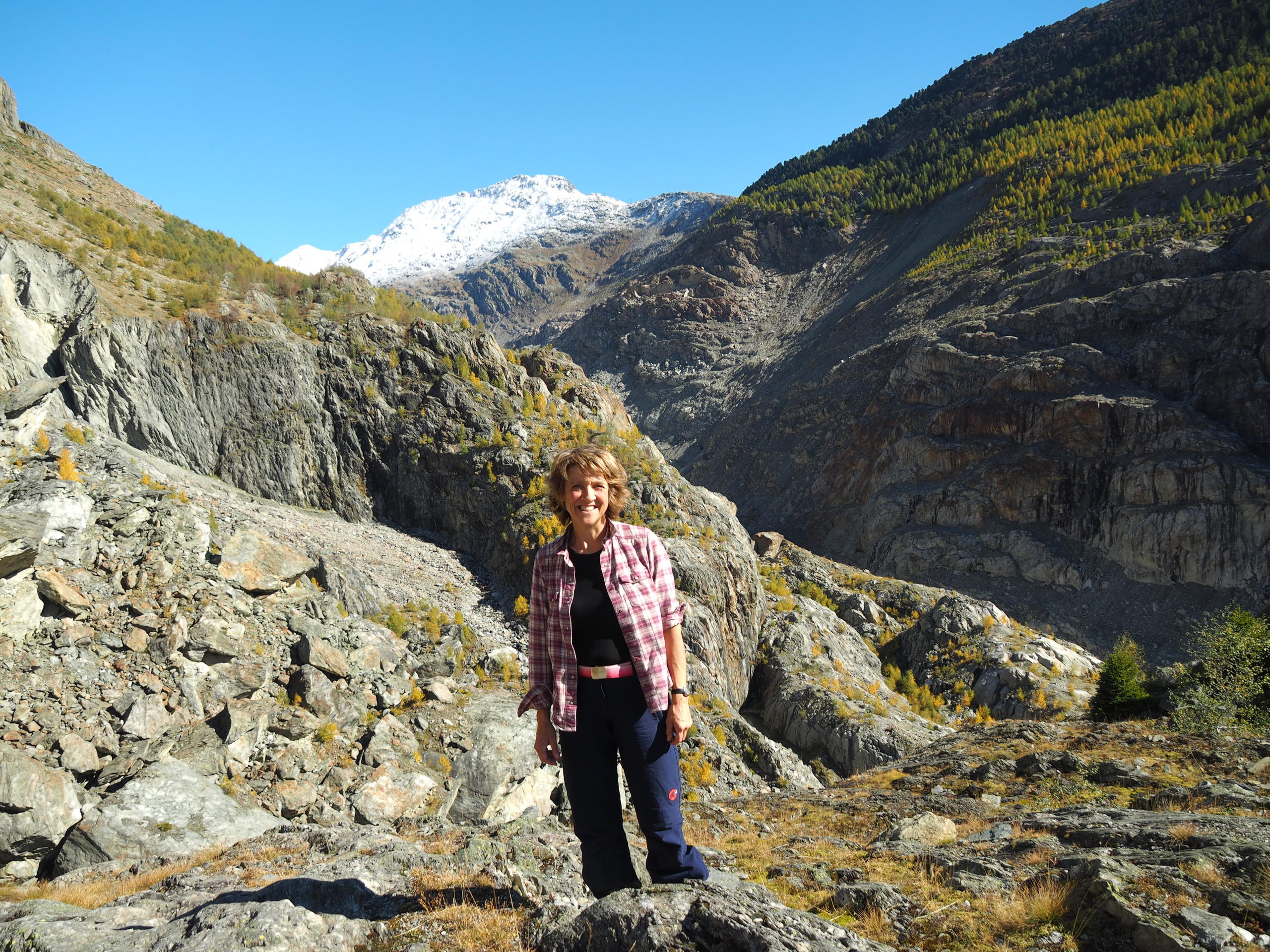
Mountaineering preparations
When I finally decided to attempt a big mountain tour, I knew I should not stress my body so much that it would cause a flare up. I would plan carefully.
In late mountain springtime (June), the climbing and hiking season had begun, and I went most weekends either with friends or joined a group from the local section of the Swiss Alpine Club (SAC). That helped me to develop basic fitness. I saw beautiful landscapes, birds and animals. With friends from the SAC climbing club we walked in the Bächlital in the Grimsel area, near the pass of the same name that connects the north with the south of the Swiss Alps, and did the Grand Muveran mountain circuit in the western part of Switzerland.
In addition, my physiotherapist recommended some specific training for which I enrolled in a three-month course at a local gym. So now I am lifting weights and doing some funny exercises on very strange looking machines. It is surprising how much difference those rather comical exercises make. If they didn’t, I probably would stop, because I find them rather monotonous and it needs discipline to do them regularly. I really admire people who go regularly to fitness centres!
The main challenges of the project for me are physical strength and endurance. I know that I can do each of the days on their own, but can I do five such days in a row? Acclimatisation is also critical, i.e. the ability to stay at an altitude of around 4’000m for the five days.
Finally, and perhaps most importantly, I need the courage and discipline to prepare well. I must believe in myself and the value of what I am trying to do. AS has taught me to take life day by day and that the “journey is the destination”. This attitude helps me prepare. If I can do something for this project every day, I will have the best chance of reaching my destination. I suppose that anyone who trains for a sporting event knows this, but it took AS to teach me that.
Building endurance – and confidence
In the early summer, I made outings to improve my endurance and confidence. I slept in higher huts, which started the acclimatisation process. On a hot day, I walked up to the Dossen refuge above the town of Meiringen, famous for the Reichenbach Falls, which Sherlock Holmes disappeared into. My face was as pink as my tee-shirt and I was really struggling to keep up with the group. That day I felt that the whole idea of climbing 15 high peaks is just silly, and I must be completely deluded. The next day things went much better and I managed the summit and descent to the valley easily. Nevertheless, doubts plague me. It seems so difficult to get a clear feeling of whether my project is realistic.
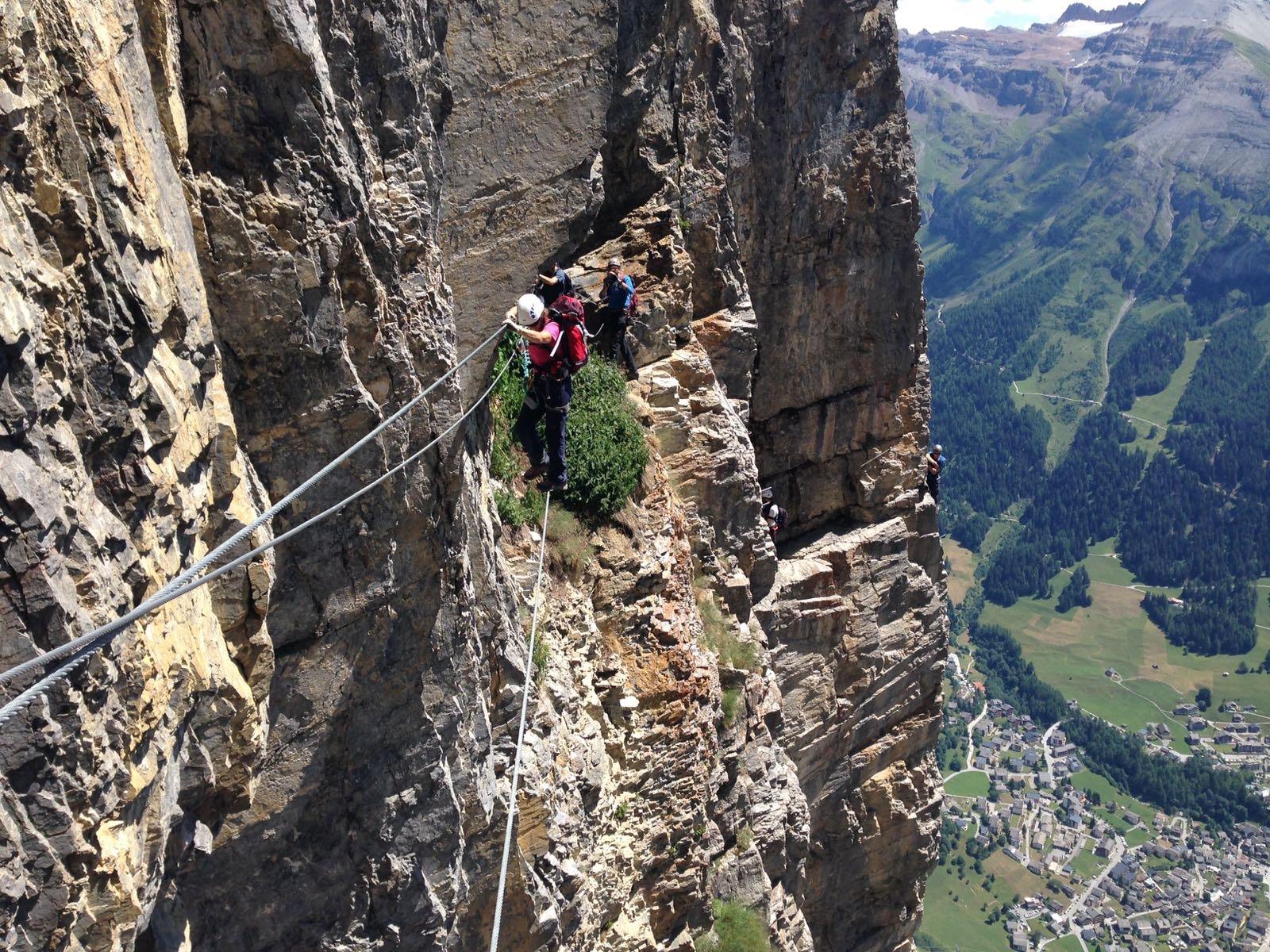
Another climb was on a so-called via ferrata up a mountain called the Daubenhorn. A via ferrata is a protected climb along steel cables and ladders fixed to the rock. The Daubenhorn is an almost 1,000m vertical climb above the spa resort of Leukerbad.
You climb past a big Swiss flag painted on the rock, which is just visible from the valley. I was so happy that I started singing the Swiss National Anthem! Not sure what people thought of that, but not many people hear you up there anyway.
We reached the summit in about six and a half hours. It’s easy to forget that the summit is only half the route. You must climb down again. By the end I was very tired. The climb was as tough as anything on my planned tour, but I still wondered if I could do five such days in a row?
But I keep reminding myself: “the journey is the destination”.
Will Judith accomplish her dream? swissinfo.ch will soon publish her article about her attempt.
The views expressed in this article are solely those of the author, and do not necessarily reflect the views of swissinfo.ch.

In compliance with the JTI standards
More: SWI swissinfo.ch certified by the Journalism Trust Initiative

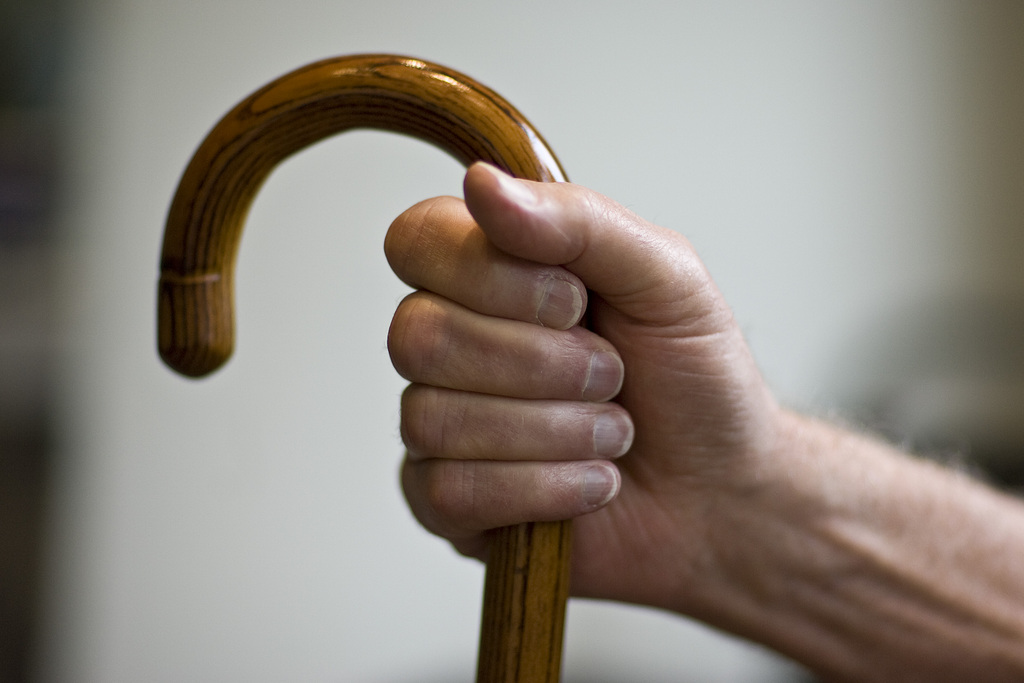
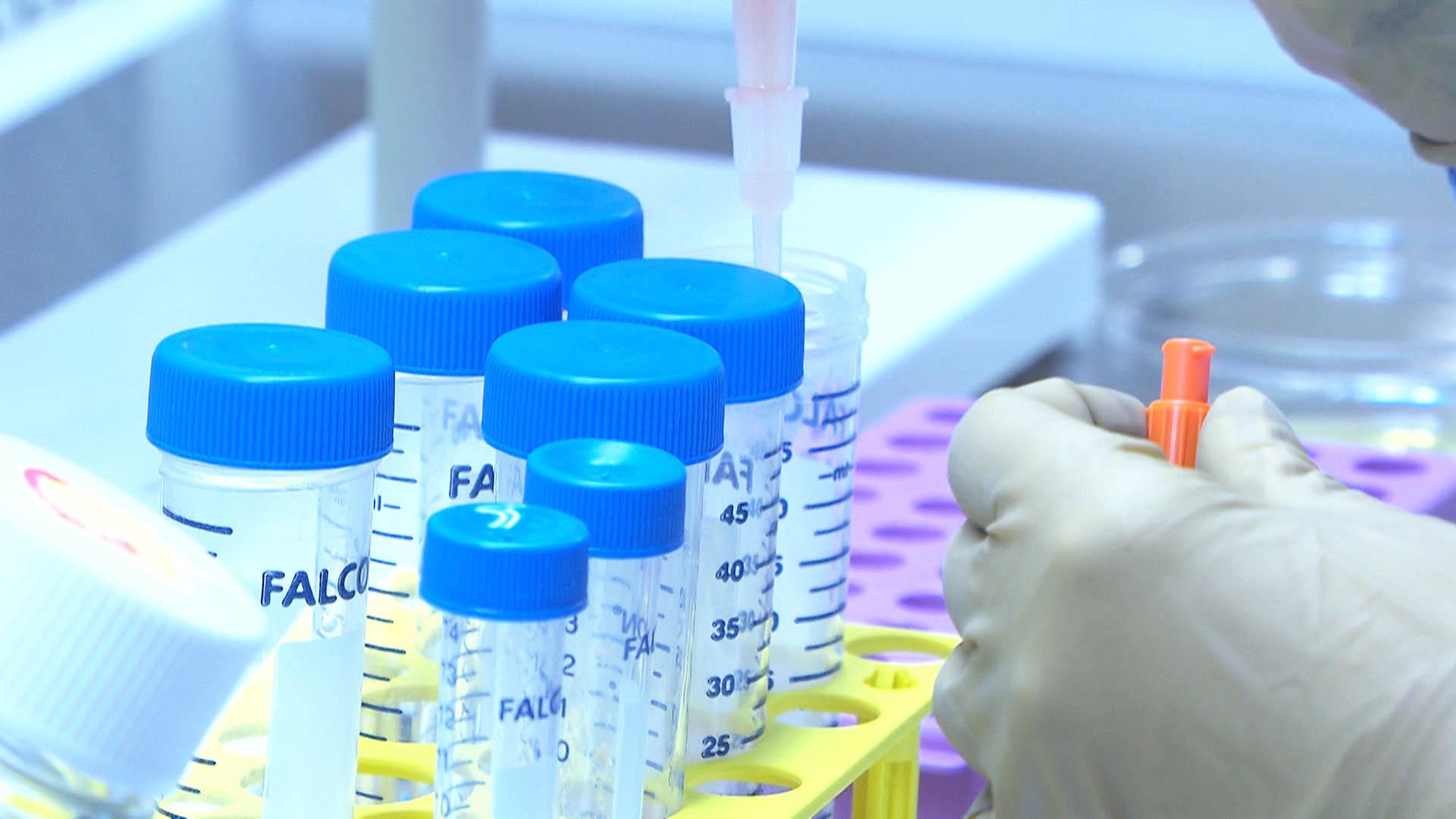
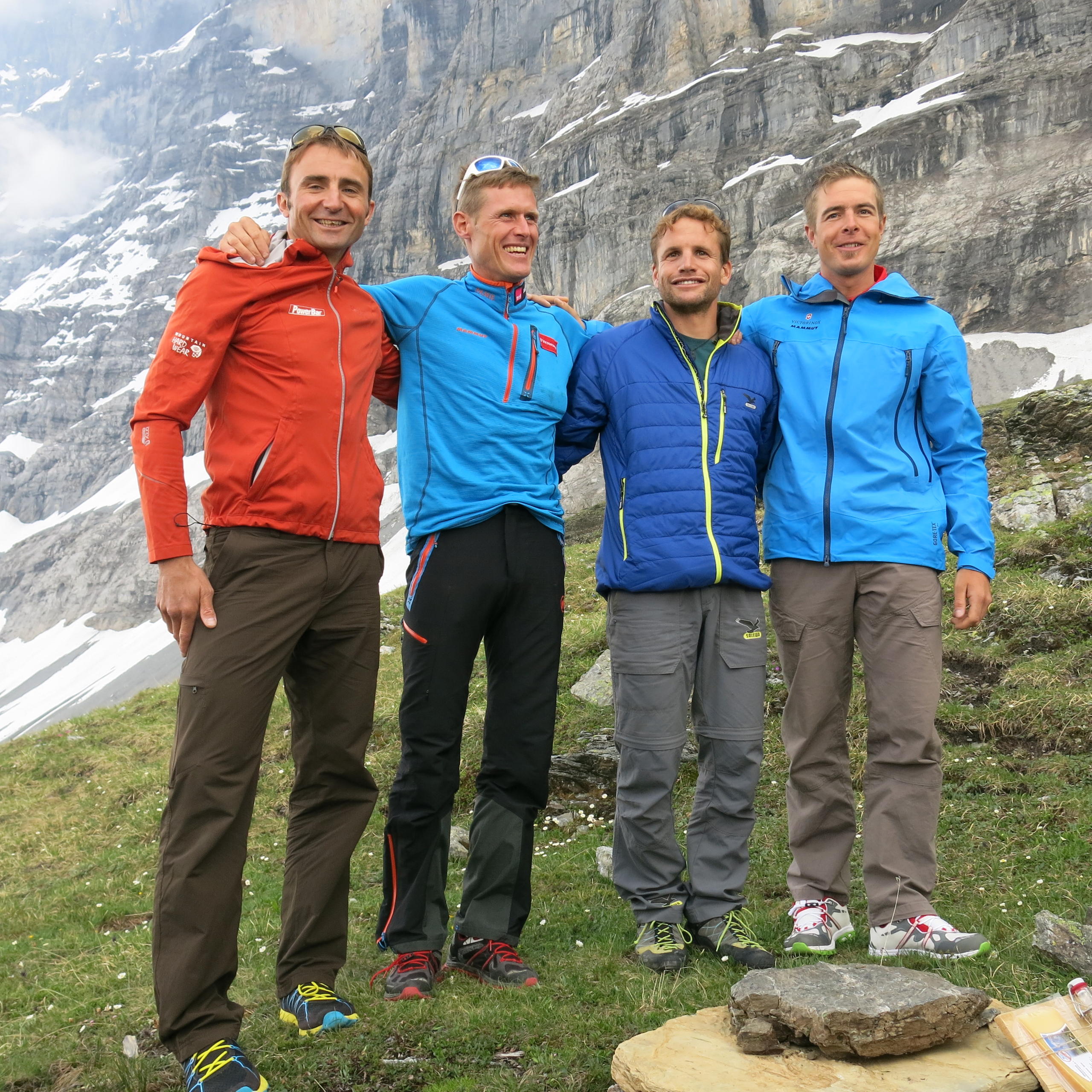
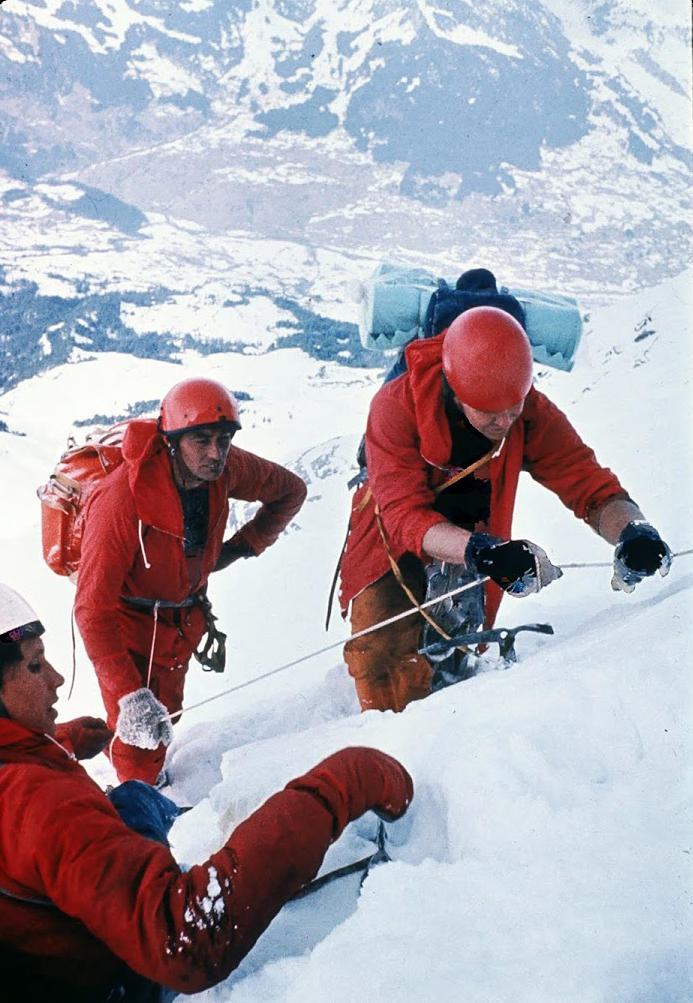
You can find an overview of ongoing debates with our journalists here. Please join us!
If you want to start a conversation about a topic raised in this article or want to report factual errors, email us at english@swissinfo.ch.